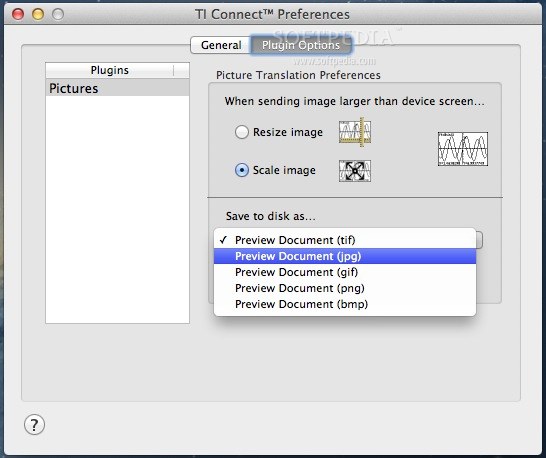
This section intended to help you set up an alternative method to access an RKE cluster. Authenticating Directly with a Downstream Cluster This should only happen the first time an operation is done to the discovered resource. If an operation (for instance, scaling the workload) is done to the resource using the Rancher UI/API, this may trigger recreation of the resources due to the missing annotations. However, these resources might not have all the necessary annotations on discovery. Rancher will discover and show resources created by kubectl. Note on Resources Created Using kubectl Use it to interact with your kubernetes cluster. From your workstation, launch kubectl.Note: The default location that kubectl uses for the kubeconfig file is ~/.kube/config, but you can use any directory and specify it using the -kubeconfig flag, as in this command: Paste the contents into a new file on your local computer.Copy the contents displayed to your clipboard.From the Global view, open the cluster that you want to access with kubectl. For help installing kubectl, refer to the official Kubernetes documentation. Prerequisites: These instructions assume that you have already created a Kubernetes cluster, and that kubectl is installed on your workstation.

This alternative method of accessing the cluster allows you to authenticate with Rancher and manage your cluster without using the Rancher UI.
Ti connect manager x could not be launched how to#
This section describes how to download your cluster's kubeconfig file, launch kubectl from your workstation, and access your downstream cluster. Use the window that opens to interact with your Kubernetes cluster.Īccessing Clusters with kubectl from Your Workstation

No further configuration necessary.įrom the Global view, open the cluster that you want to access with kubectl.Ĭlick Launch kubectl. You can access and manage your clusters by logging into Rancher and opening the kubectl shell in the UI. Accessing Clusters with kubectl Shell in the Rancher UI This section describes how to manipulate your downstream Kubernetes cluster with kubectl from the Rancher UI or from your workstation.įor more information on using kubectl, see Kubernetes Documentation: Overview of kubectl. Access a Cluster with Kubectl and kubeconfig


 0 kommentar(er)
0 kommentar(er)
